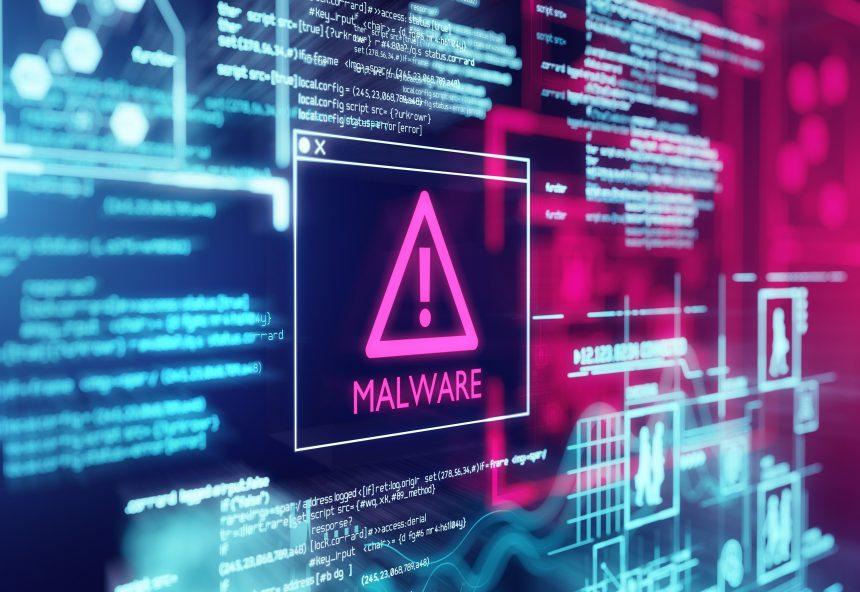In a recent revelation, the developers of shim, a pivotal component serving as the first-stage boot loader on UEFI systems, have disclosed a critical security flaw in their latest version, 15.8. Tracked as CVE-2023-40547, this vulnerability carries a CVSS score of 9.8, posing a significant threat to the security of major Linux distributions. Discovered and reported by Bill Demirkapi of the Microsoft Security Response Center (MSRC), the flaw introduces the potential for remote code execution and a Secure Boot bypass. This vulnerability, present in every Linux boot loader signed within the past decade, has raised concerns about its widespread impact.
Details of CVE-2023-40547
The critical vulnerability resides in shim’s http boot support and was brought to light by Alan Coopersmith of Oracle. This flaw opens the door to a controlled out-of-bounds write primitive when processing HTTP responses. In essence, it can lead to a Secure Boot bypass, potentially allowing adversaries to execute remote code and compromise the entire system. Eclypsium, a firmware security firm, highlighted the origin of the vulnerability in the HTTP protocol handling, leading to an out-of-bounds write that could result in a complete system compromise.
In a hypothetical exploit scenario, attackers could leverage this flaw to load a compromised shim boot loader, facilitating Man-in-the-Middle (MiTM) attacks on the network. The severity of this vulnerability is underscored by the fact that it spans across every Linux boot loader signed in the past decade, signifying a significant potential impact on a wide range of systems.
Additional Shim Vulnerabilities
Shim version 15.8 not only addresses CVE-2023-40547 but also rectifies five additional vulnerabilities, each with its own set of potential consequences. These vulnerabilities include out-of-bounds reads and writes, buffer overflows, and issues related to the handling of authenticode and Secure Boot Advanced Targeting (SBAT) information.
Immediate Responses from Major Linux Distributions
Recognizing the gravity of the situation, major Linux distributions such as Debian, Red Hat, SUSE, and Ubuntu have promptly released advisories regarding these security flaws. Users are strongly urged to update their systems to the latest shim version to mitigate potential risks associated with these vulnerabilities.
Detection and Similar Threats
Detection names for the malware exploiting these vulnerabilities are yet to be disclosed widely. However, given the nature of the Shim RCE vulnerability, security experts recommend monitoring network traffic for suspicious HTTP requests and payloads. Similar threats that exploit bootloader vulnerabilities may include attacks on the firmware, UEFI, or other critical components of the boot process.
Removal Guide
Due to the nature of the vulnerabilities addressed in shim version 15.8, a comprehensive removal guide is essential. Follow these steps to ensure the complete removal of any potential threats:
- Update Shim: Immediately update the shim component to version 15.8 or later using the official repositories for your Linux distribution.
- Check System Integrity: Verify the integrity of system files and bootloader components using tools provided by your Linux distribution.
- Network Monitoring: Monitor network traffic for any suspicious HTTP requests or payloads that might indicate an ongoing attack.
- Apply Security Patches: Regularly check for and apply security patches provided by your Linux distribution to ensure ongoing protection.
Best Practices for Prevention
To prevent future infections and enhance the overall security posture of your system, consider the following best practices:
- Regular Updates: Keep your operating system, bootloader, and all installed software up to date with the latest security patches.
- Network Segmentation: Implement network segmentation to limit the impact of potential attacks and prevent lateral movement within the network.
- User Education: Educate users about the importance of avoiding suspicious links, attachments, and websites to reduce the risk of falling victim to social engineering attacks.
- Firmware Security: Regularly update and secure firmware components to address potential vulnerabilities in the underlying hardware.
Conclusion
The Shim RCE vulnerability poses a significant threat to the security of Linux systems, and its potential impact on a wide range of systems necessitates immediate action. By following the provided removal guide and implementing best practices for prevention, users can fortify their systems against this critical cyber threat and maintain a resilient defense posture in the face of evolving security challenges.





